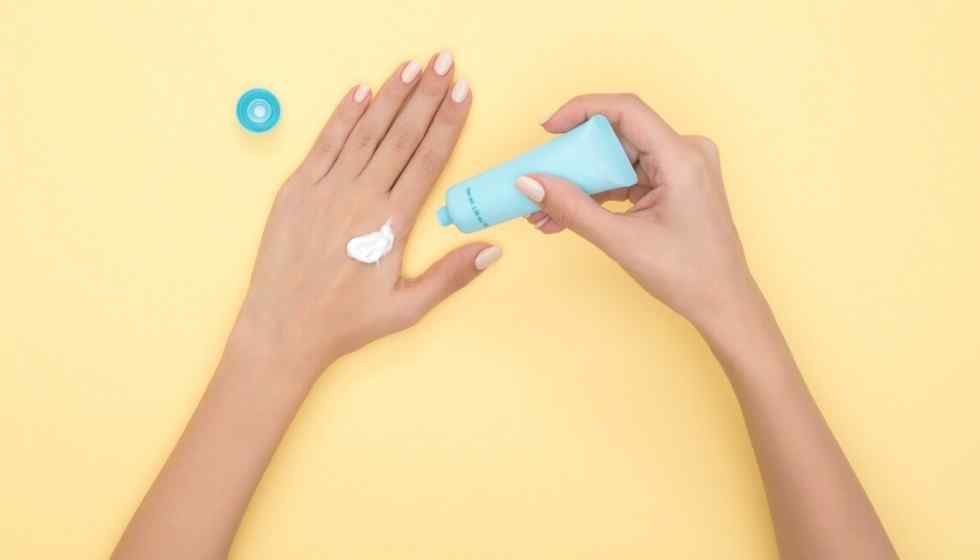Dermatology is a particular area of medicine that focuses on conditions affecting the skin. In addition to the skin, dermatology also covers conditions that affect the nails, hair, and the delicate lining of the eyelids, nose, and mouth. The biggest organ in the human body is the skin, comprising nerve endings, sweat glands, pores, hair follicles, blood arteries, and additional structures. Taking care of it is essential for your overall health.
There are many ways dermatologists can help their patients fight the signs of ageing, which is why so many people choose to heal their skin and avail skin treatments that may be beneficial. Let’s discuss the ways that would make you look younger and sound above all.
Disclaimer: consult a specialist before you get any of these done.
Laser Skin Resurfacing
In its entirety, laser skin resurfacing is also an excellent treatment, especially when trying to minimize the sins of scars, light wrinkles, dark spots, and more. Additionally, laser procedures to restore the skin surface help restore collagen levels in the skin, making it fresher and younger.
Fraxel Laser Treatment
Fraxel laser treatment focuses on the patient’s face, hands, neck, and body, as these are the most prone areas to ageing. This treatment is mainly suitable for people who have wrinkles and dark spots after excessive sun exposure. In addition, Fraxel laser treatment carries little or no risk and requires minimal downtime.
Most patients come to dermatologists and seek Fraxel laser treatment for reasons like hyperpigmentation or sun damage, wrinkles, and acne scars. People often have lasers applied to their entire face, but the neck, décolleté, hands, and arms are popular treatment areas. Regardless of the Fraxel laser selected, the mechanism is the same. The energy of lasers creates tiny “columns of thermal destruction” in the skin, which stimulates the growth of new and healthy skin cells, which replace old and damaged cells. It works from the inside towards skin turnover and collagen production, which is just an accelerated natural healing process of the body.
Microdermabrasion
Microdermabrasion is one of the most common anti-ageing procedures used in the younger population because it is a non-invasive treatment that targets acne, wrinkles, and scars. To do this, the dermatologist peels the patient’s outer skin layer, providing a way to a fresh, fresh layer of skin. Microdermabrasion helps to thicken collagen, which results in a younger appearance of the skin. Collagen is an essential protein in your skin abundant in childhood and makes the skin look taut and smooth. Collagen production decreases with age, resulting in softer and more uneven skin. This treatment smoothes the skin and eliminates an outer layer that is thicker and more uneven. It offers numerous benefits. Stretch marks, UV damage, and minor scars can all be treated with this sort of skin rejuvenation procedure.
This is a term used to define the transfer of body fat to another area of the body. It is most often used to give patients a younger appearance by transferring fat to problem areas. These injectables are made up of various vitamins, nutrients, and other ingredients that are said to be used to lose weight. The more common components of these shots include vitamin B-12, vitamin B-6, branched-chain amino acids (BCAA), vitamin B complex, L-carnitine, phentermine, and MIC (a combination of methionine, inositol, and choline).
Lifting the Face and Neck
Face and neck lifts are possibly among the most invasive rejuvenation procedures a dermatologist offers, but they are also successful. Lifting of the face and neck is possible by lifting loose skin and tightening it in place.
Chemical Peeling
Chemical peeling dates back to ancient Egypt and has long become a popular practice for beautifying the skin. Chemical peeling is possible by combining natural acid substances and applying them to the face area. Chemical peels have many benefits, which revolve around reducing the incidence of acne scars, wrinkles, freckles, hyperpigmentation, and more.
- Light chemical peel: A light or partial chemical peel eliminates the outer layer of the skin (epidermis). It is used to treat fine lines, uneven skin tone, acne, and dryness. You can do a light peel every two to five weeks.
- Medium chemical peel: Dermatologists use a medium chemical peel to remove epidermal cells and some of the upper-middle layers of the skin (dermis). In addition to treating wrinkles and acne scars, it is also used to even out the skin tone. It may be necessary to repeat such a procedure to achieve or maintain desired results.
- Deep chemical peel: Deep chemical peel removes skin cells even deeper. Your doctor may recommend deeper wrinkles, scars, or precancerous growths. You won’t need repeated procedures to get the full effect.
Scalp Micro Pigmentation
The goal of scale micro-pigmentation is not to create lines of hair like in brow micro-blading but instead to use tiny layered dots in various shades of black to replicate the look of the shadow on the scalp. This style, called pointillism, is designed to create natural-looking depth and definition. An experienced doctor will make the spots look like natural hair follicles and blend seamlessly with your skin. This process can be beneficial for people who have all forms of hair loss. Once you’ve done your research and found a responsible and experienced scalp micropigmentation in Baltimore artist, you’ll likely have an initial consultation. During this meeting, the practitioner will prepare you for what you can expect and how you should prepare in advance.
Bottom Line
A dermatologist is a highly trained physician who can help diagnose and treat a wide range of skin, hair, and nail-related conditions. These doctors use many different procedures, treatments, and medications to help treat a specific skin condition or improve the appearance of the skin. Dermatology is a specialized field of medicine that focuses on conditions affecting the skin. In addition to the skin, dermatology also focuses on conditions affecting the nails, hair, and lining of the eyelids, nose, and mouth.


